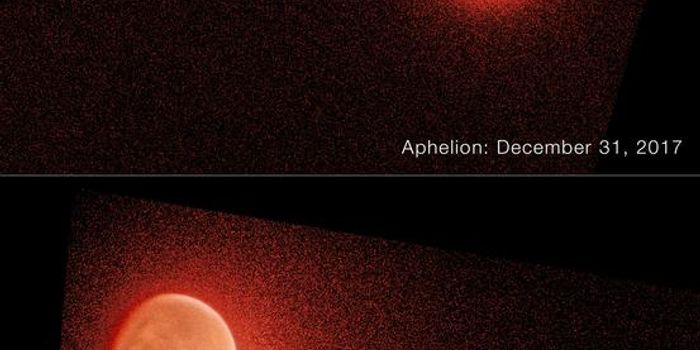Exoplanets in Sci-Fi: Bridging the Gap Between Imagination and Reality
What can science fiction influence science facts, specifically pertaining to exoplanets? This is what a recent study published in the Journal of Science Communication hopes to address as an international team of researchers led by the St Andrews Centre for Exoplanet Science investigated how new scientific findings influence science fiction. This study holds the potential to help researchers and the public better understand the intricate connection between science fiction and science facts, specifically pertaining to exoplanets, and how this link can influence science communication going forward.
For the study, the team conducted a quantitative analysis using a Bayesian network, which is a common statistical model on 142 science fiction projects, including Star Trek, Star Wars, Dune, and Solaris, just to name a few, to ascertain how exoplanets are depicted in these projects. After running the Bayesian model, the researchers concluded that their findings indicated a trend towards scientific discoveries influencing science fiction. Additionally, these findings could influence science communication in terms of how exoplanets are depicted in science fiction going forward.
Examples of exoplanet depiction science fiction includes a myriad of Earth-like planets where humans can easily live and colonize. While this has been a staple of science fiction for many decades, specifically in Star Trek and Star Wars, this notion began to change once exoplanets started being discovered in the 1990s and quickly revealed the large amounts of non-Earth like exoplanets that populate our Milky Way Galaxy.
“I do think science fiction is responsive to discoveries in science. I think it's sort of reflective of what was going on in science at the time that it was written,” said Dr. Emma Johanna Puranen, who is a researcher at the St. Andrews Centre for Exoplanet Science and lead author of the study. “So, I do think it could be incorporated into science communication in terms of providing a jumping-off point. It can introduce concepts to people.”
What new connections between science facts and science fiction will researchers make in the coming years and decades? Only time will tell, and this is why we science!
As always, keep doing science & keep looking up!
Sources: Journal of Science Communication, NASA, EurekAlert!








